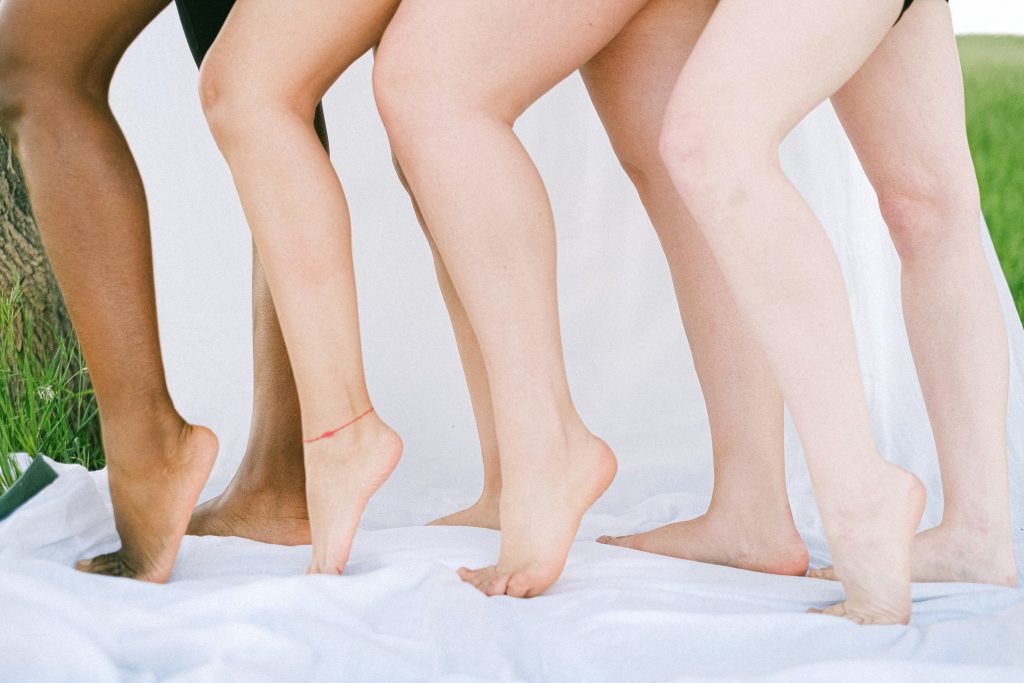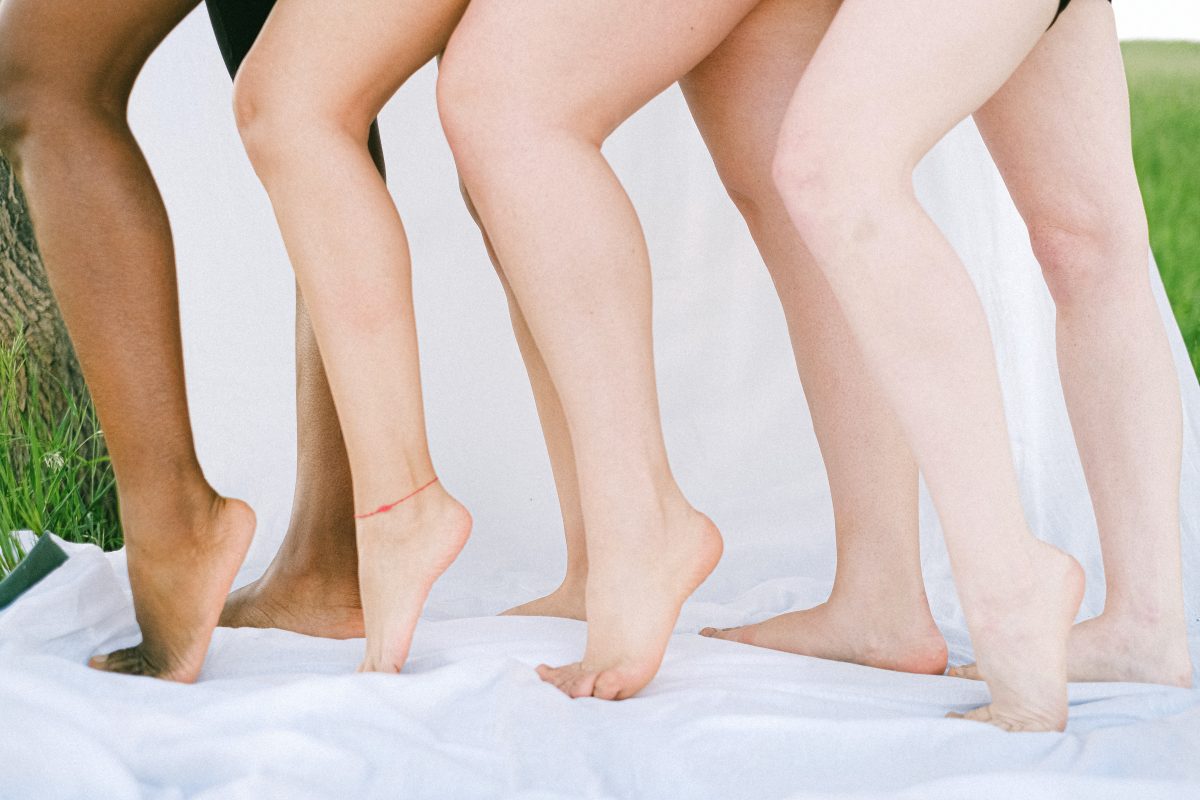What is the body positive movement and where did it originate? A look into origins, trends and the future of the Body Positive Movement and its implications to overall health in America.

The term “Body Positive Movement” has been seen around the world in many forms and has grown in popularity recently. According to The Body Positive, the Body Positive Movement is “a way of living that gives you permission to love, care for, and take pleasure in your body throughout your lifespan. Struggles will inevitably occur, especially during times of transition or imbalance.” Practicing true body positivity, “allows you to find what you need to live with as much self-love and balanced self-care as possible. Experiences of conflict and suffering become opportunities to learn what is required to further your growth so you can find greater contentment and peace.” The main goal behind the movement in recent years has been to promote and celebrate bodies of all shapes and sizes, and to condemn “fat-shaming” or any behaviors that would insult or put-down a person simply because they are overweight. But many people who follow and promote this movement say it goes beyond weight and size, it also recognizes that judgements are made based on race, gender, sexuality and disability.
The body positive movement dates back to the 1960s to a similar movement called the Fat Acceptance Movement. Fat acceptance “focuses on ending the culture of fat-shaming and discrimination against people based upon their size or body weight. The National Association to Advance Fat Acceptance was first established in 1969 and continues to work to change how people talk about weight”. Verywellmind.com Throughout the following decades the movement has maintained an ebb and flow of popularity, building in the 1990s with the coined term “body positive” in 1996 and creation of the website thebodypositive.org by a psychotherapist who had gone through treatment for her own eating disorder and wanted to help others with similar challenges by offering information and resources. In the more recent years, body positive has grown exponentially, thanks to social media such as instagram and facebook and the marketing campaigns of large companies like Dove, Aerie and Victoria’s Secret. Many large magazine companies have also begun campaigns to stop airbrushing models and publishing more body type varieties in their photos and publications.
While the body positive movement has good intentions, some critics say that it has some potentially unhealthy outcomes in the general obese population. According to Newsweek, wider plus-size acceptance might encourage unhealthy eating habits and more weight gain amongst those who are already obese or morbidly obese. Many overweight individuals tend to underestimate how much they actually weigh, and “people who misperceived how much they weighed were 85% less likely to attempt to lose weight than those who recognized their weight status. People of lower levels of education and income, two primary determinants of health, were more likely to underestimate their weight and less likely to lose weight as a result. Minority groups were also more likely to underestimate their size”. As of 2020, a new government report posted in webmd shows that more than 40% of people in the United States are obese, and almost 1 in 10 is severely obese. With numbers this high, it is understandable for critics of the body positive movement to be concerned.
Overall, the concepts and meaning behind the body positive movement are well based in good intentions. Encouraging people to love themselves and discouraging shame creates uplifting messages and support for those feeling discouraged. With some recent statistics on the prevalence of obesity in America, it can be recommended to proceed with caution and maintain a level of common sense when it comes to overall health. Encouraging healthy eating habits and physical activity can still be maintained while also promoting an overall sense of body positivity and self-worth.




